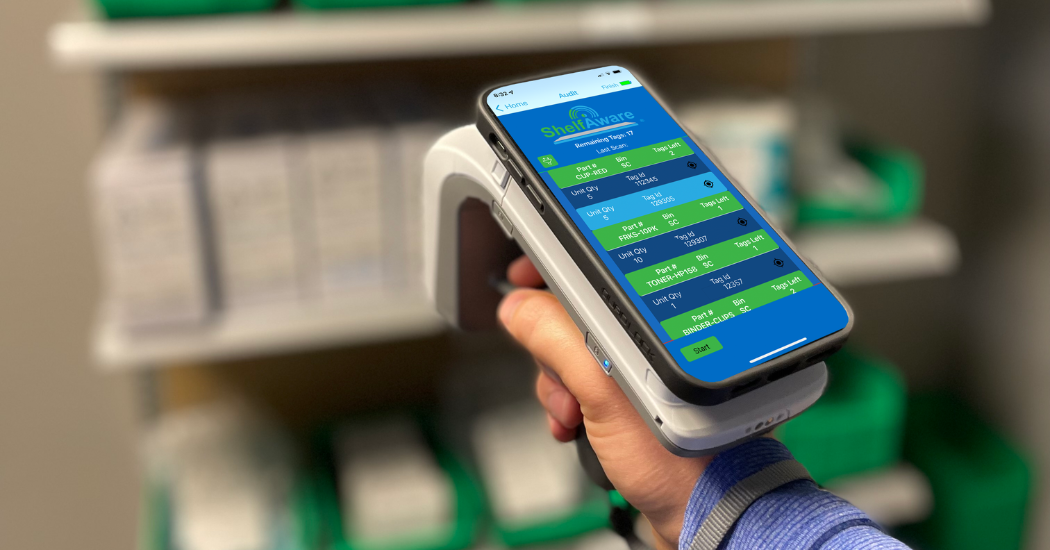For decades, industrial companies have faced the challenges of talent attraction and retention—a problem that includes a multitude of functional and global business complexities. Without proper attention and focus, it’s an obstacle that may get worse before it gets better.
Combatting the challenge requires adopting a new leadership mindset, as well as significant sustainable actions that foster creative, tech-savvy cultures that allow engagement with the younger generation of engineering, operations, technology, and trade talent.
“One consistent challenge among all pump companies is attracting people to the industry. Talent is a challenge in most industries today, so how can we make industrial settings stand out among young talent?” said Jackie Herrera, Chief Growth Officer & Advisor for ChasmBridge, a business management firm that provides growth strategy, execution services, and talent strategy implementation for business clients worldwide.
“We must accept the fact that the world has changed since Covid. We must accept that younger generations have different values and expectations for their lives. We must accept that we have to create a new offering. Just as our product evolutions must solve new challenges so must our people offering.”
 Three Ways Innovation and Technology Can Bridge the Talent Gap
Three Ways Innovation and Technology Can Bridge the Talent Gap
Industrial workforce issues must be addressed head on and right now. Here are three simple solutions that focus on technology and innovation to not only attract the next generation of industrial manufacturing talent, but also to retain it.
1. Bridge the gap with tech-forward tools and innovation.
Getting the new talent in the door is one thing. Retaining that talent is another issue.
The younger generation has grown up with a cell phone in their pocket, a tablet in their hand, and a computer on their lap. They are already using technology to solve problems and bridge the obvious gaps. As an industry, we should embrace this and use it to pad the workforce with tech-savvy professionals willing to give new innovation a try.
Technology innovations like artificial intelligence, ChatGPT, and machine learning are doing interesting things like helping to complete lines of code or aiding in completing complicated engineering calculations.
It’s more difficult for the older generation of pump professionals to embrace technology. However, the newer generation can introduce a mentor to things like talk-to-type technology that allows a seasoned pump expert to enter notes into a CRM system without ever touching a keyboard.
2. Adopt an apprenticeship model to bridge the tribal knowledge of the seasoned professionals with the newer generation of tech-forward expertise.
An apprenticeship is an old-school concept that tech-savvy leaders tend to overlook. However, the stone-mason, old-school type apprenticeship model is something to seriously consider. European manufacturers have a very successful model in which young people interested in engineering, operations, maintenance, and the highly-skilled trades (like welding, for example) are given paid apprenticeships to learn with on-the-job training. At the end of the apprenticeship, they are guaranteed a high paying job to work for the company that trained them.
Apprenticeships can be a win-win for multiple generations. Apprentices want the opportunity to lead, and masters want more time as they approach retirement. Apprentices can work with mentors to help them become more productive by using technology. To effectively accomplish this requires money, time, and compensation shifts as the apprentices begin to carry a heavier load.
The apprenticeship model particularly helps to bridge the generational gap that exists from the old-school manufacturing veterans who may be slow to adopt technology but have the tribal knowledge of how the equipment and the business works.
An apprenticeship solves two problems. The older generation can pass along the expertise while the younger generation brings in technology skills that the veterans lack. The technology-experienced youngsters are happy to shadow the older guys and transfer that knowledge with notes in the CRM, by meeting with customers via video chat, interacting with ERP systems, and being involved with new technology adoption.
The older generation then has the opportunity to lend their time and personality to transfer the knowledge and also help to transition the relationships with customers. With time, the transition from apprentice to master happens naturally.
3. Make pumps sexy with a shift in culture.
When competing with companies that make video games and rocket ships, it’s important to find a way to make pumps sexy—particularly with the next generation of talent.
The newer generation is looking for things like flexible work schedules, travel opportunities, cool and creative work environments, fancy coffee machines, comfortable lounges, and even high-tech toys like interactive touch-screen white boards. In some cases, work-place culture and collaborative technology tools are more important than salary to members of the younger generation.
If companies provide the space to creatively work, the young minds will eventually provide the innovation. This generation sees the industry differently and can look at problems through a different lens—one that is centered around technology and creative problem solving.
Many companies hesitate to allow inexperienced employees to go on the road, but the younger generation wants and needs to travel. Those kinds of opportunities can make a difference when competing for a potential talent.
Many companies are making the effort to open the manufacturing facilities for tours and exposure—giving young talent a glimpse at how things are made. With these efforts, a focus on the tech-forward innovations like robotics, digital software, remote monitoring, instrumentation, and other cool technologies like automated supply chain management can attract and retain young talent more quickly than showing off the important and reliable, but sometimes boring, pump equipment.
The younger generation wants to see how they can work with the shiny bells and whistles that surround the core equipment.
The Next Step
Bridging the skills gap while attracting and retaining young talent is not a new conversation. However, it’s one that continues to evolve as new technologies and innovations are adopted.
As industry leaders continue to tackle the challenges, more ideas and concepts will surface. The effort requires a mindset shift on our part as we embrace what a young sustainable workforce looks like moving forward.
Andrew Johnson is an entrepreneur, inventor, and business owner. Formerly the sales manager at the family distribution company, he is now the CEO of ShelfAware, which is redefining industrial supply chains by leveraging RFID technology, the internet, and the power of data. He can be reached at andrew@shelfawarevmi.com or (913) 270-8400.




